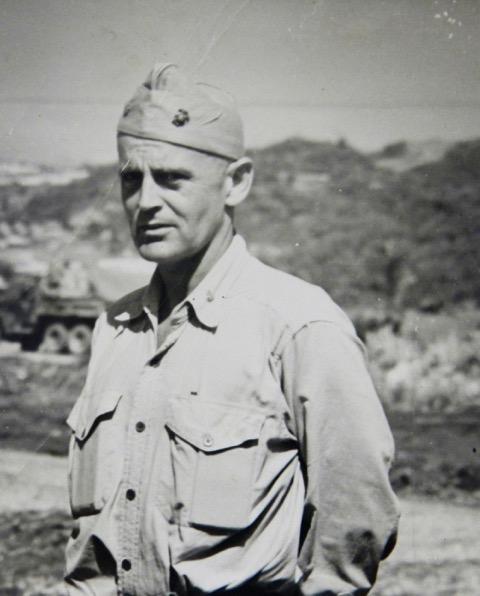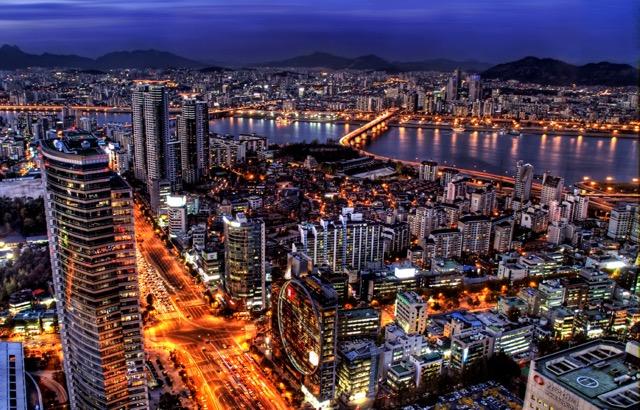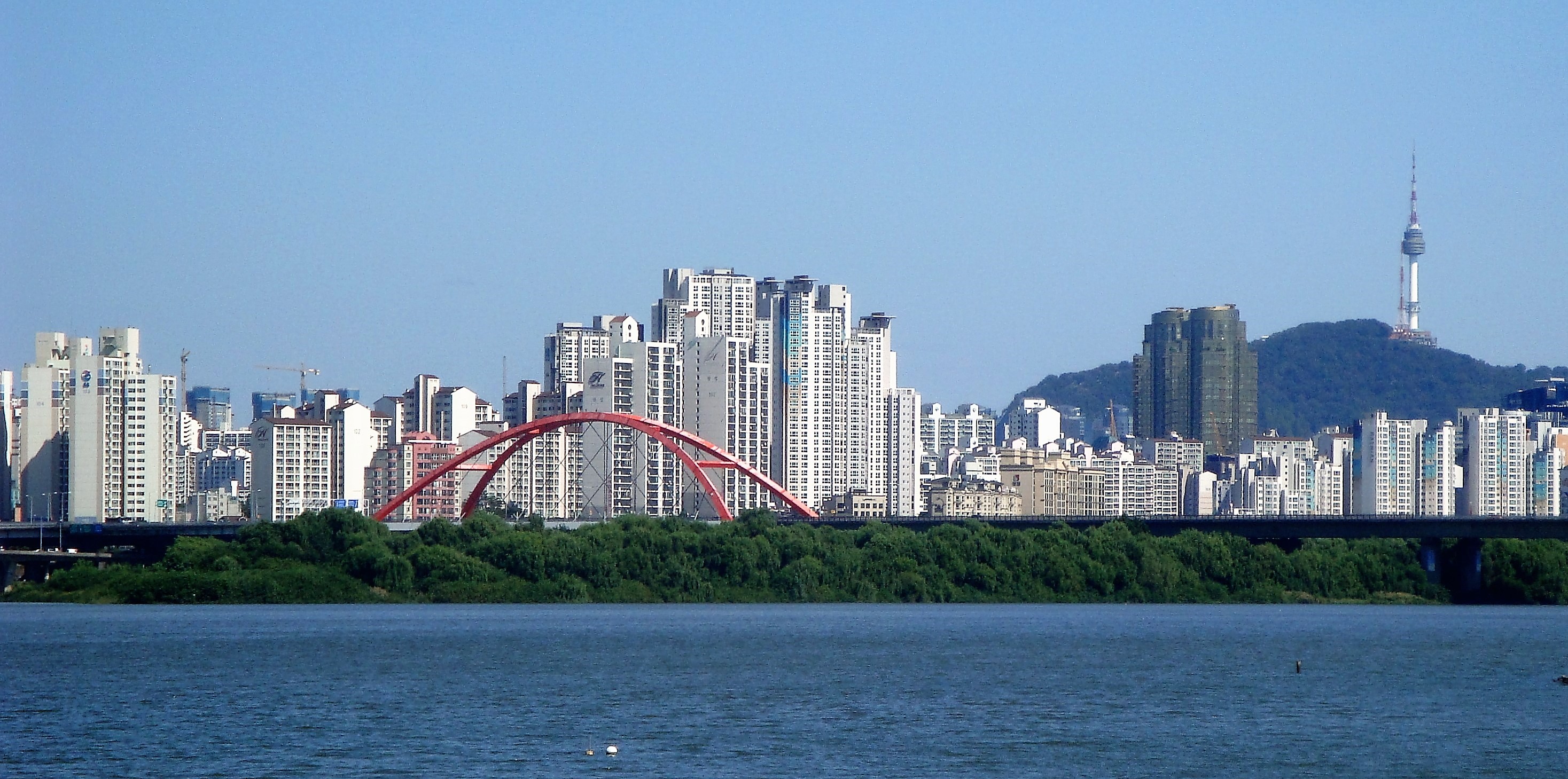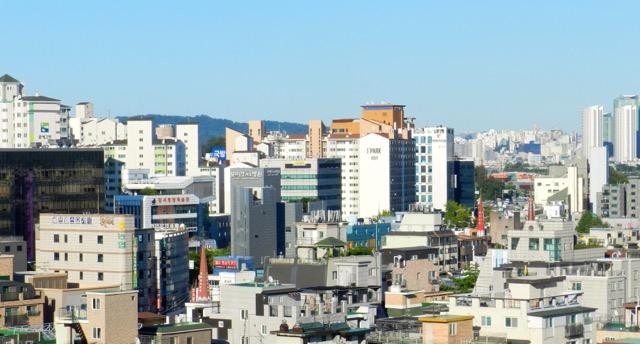Riding the metro through Seoul last Thursday, I crossed the Han River and was treated to a spectacular view of the city. A seemingly endless array of high-rise offices, apartments, department stores, and eclectic smaller buildings - mom and pop restaurants, local coffee shops, schools, churches, and convenience stores - stretched for miles. I was reminded, as I am almost every day, that Seoul is a modern, high-tech, clean, and fascinating city, one of the great capitals of the world.
But I was also reminded that 67 years ago Seoul was a much different place.
On September 28, 1950 (also a Thursday), General Douglas MacArthur, the commander of UN forces in Korea, gave an historic speech at Seoul’s Capitol Building. Seoul had been liberated from the communists, and he was officially turning over the city to ROK President Syngman Rhee. As he addressed the crowd of high-ranking military officers, political dignitaries, and reporters, artillery boomed in the distance, smoke drifted through the building, and occasional shards of glass fell from the building’s sky dome.
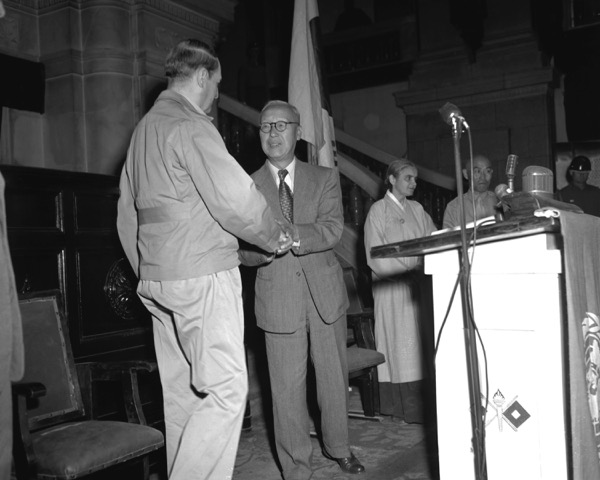
General MacArthur with Syngman Rhee at the Capitol Building (Photo credit: US Army)
It didn’t matter. Seoul was free, and the North Koreans were retreating.
But liberation had come at a high price. The city was in ruins. Many buildings, homes, bridges, and roads were totally or partially destroyed. Thousands of American, South Korean, and North Korean soldiers and Marines had been killed, and untold numbers of South Korean civilians had perished or been taken prisoner.
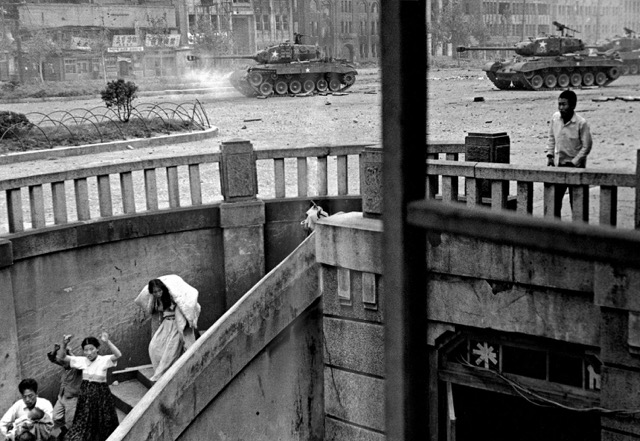
Civilians run from enemy fire. Seoul, 1950 (Photo credit: David Douglas Duncan, Life Magazine)
On the day of MacArthur’s speech, the officer in charge of escorting Syngman Rhee and his wife to the Capitol Building was US Marine Colonel Edward H. Forney. As the senior Marine attached to X Corps, the US Army corps that MacArthur had assigned to land at Inchon and take Seoul, Forney had traveled with Mr. and Mrs. Rhee from an airfield outside of Seoul to the ceremony. It was a rare opportunity for the Colonel to meet the ROK’s first president.
Recalling the event years later for a magazine interview, Col. Forney said:
It was with great pride that I led the escort for President Rhee from Kimpo Airfield to the Capitol . . . over a bridge, materials of which were anticipated and supplied by U.S. Marine engineers, through routes captured by Marines, to a Capitol guarded by Marines. It was with relief that I turned the safety of President Rhee to Colonel Paik . . .
Looking around the city last Thursday, I also felt proud. Proud of my grandfather’s role in the Korean War; proud of what South Korea has accomplished since those fateful days of 1950-’53; and proud I’ve had the opportunity, through my writings and lectures, to play a small part in helping keep alive the memory of those who fought and died for South Korea’s freedom.
Semper Fidelis!
